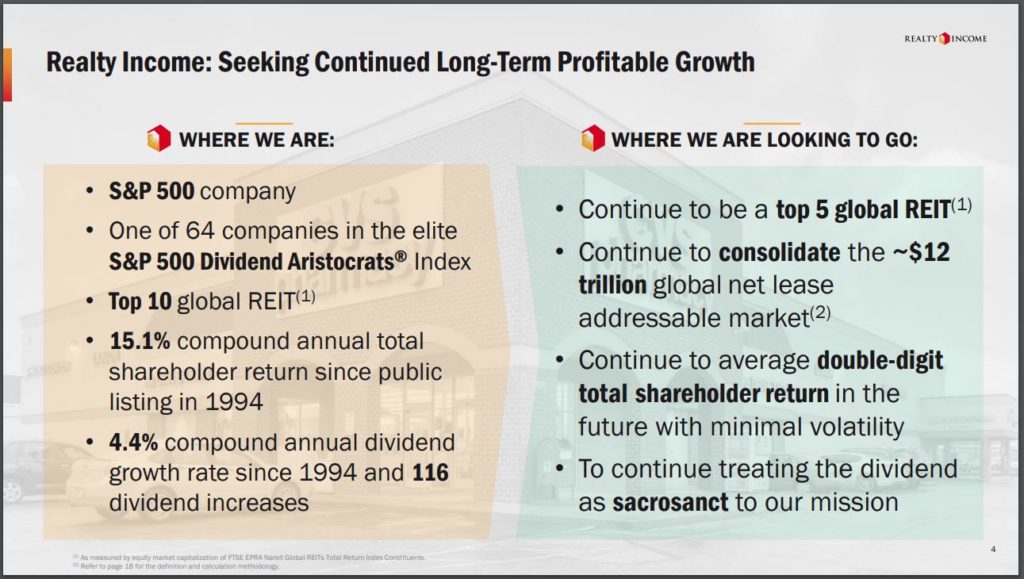Delving into the realm of Smart Thermostats and Their Impact on AC Efficiency, this guide aims to shed light on the innovative technology shaping modern HVAC systems. From energy savings to enhanced comfort, let's explore the transformative role of smart thermostats in optimizing air conditioning efficiency.
Introduction to Smart Thermostats

Smart thermostats are advanced devices that allow users to control the heating and cooling of their homes more efficiently compared to traditional thermostats. They are equipped with Wi-Fi connectivity and smart technology to offer features that enhance convenience and energy savings.
Popular Smart Thermostat Brands
- Nest Learning Thermostat
- Ecobee SmartThermostat
- Honeywell Lyric T5
Basic Features of Smart Thermostats
Smart thermostats come with a range of features that set them apart from traditional thermostats:
- Programmable Schedules: Users can set specific temperature settings for different times of the day, allowing for customized comfort and energy savings.
- Remote Access: With the use of a smartphone app, users can control their thermostat remotely, adjusting settings even when they are not at home.
- Energy Usage Tracking: Smart thermostats provide insights into energy usage patterns, helping users identify ways to optimize efficiency and reduce costs.
Importance of Smart Thermostats in AC Efficiency
Smart thermostats play a crucial role in enhancing the efficiency of air conditioning systems, leading to significant energy savings and reduced utility costs. These devices are designed to optimize the operation of HVAC systems by intelligently controlling temperature settings based on various factors.
Energy Efficiency Enhancement
Smart thermostats utilize advanced sensors and algorithms to monitor indoor conditions and adjust temperature settings accordingly. By learning the occupants' preferences and daily routines, these devices can create personalized cooling schedules to minimize energy wastage. This proactive approach ensures that the AC system operates only when necessary, preventing unnecessary cooling when the space is unoccupied.
Reduction in Energy Consumption
One of the key benefits of smart thermostats is their ability to reduce overall energy consumption by efficiently managing the HVAC system. By maintaining optimal temperature levels and avoiding temperature fluctuations, these devices help minimize the workload on the air conditioner, resulting in lower energy usage.
This not only benefits the environment by reducing carbon emissions but also leads to substantial cost savings for homeowners or businesses.
Optimization of HVAC Systems
Smart thermostats are equipped with features such as geofencing, adaptive recovery, and energy usage reports, which enable users to fine-tune their HVAC systems for maximum efficiency. Geofencing technology allows the thermostat to adjust settings based on the occupants' proximity to the property, ensuring comfort and energy savings.
Adaptive recovery anticipates the time it takes for the system to reach the desired temperature, preventing unnecessary spikes in energy consumption. Additionally, energy reports provide insights into usage patterns, empowering users to make informed decisions to further optimize their HVAC systems.
How Smart Thermostats Work

Smart thermostats operate using advanced technology to regulate temperature efficiently and optimize AC performance. These devices are equipped with sensors, algorithms, and connectivity features that enable them to communicate with HVAC systems seamlessly.
Technology Behind Smart Thermostats
Smart thermostats incorporate sensors such as temperature, humidity, and occupancy detectors to gather data and adjust settings accordingly. These sensors provide real-time information about the indoor environment, allowing the thermostat to make precise changes to maintain comfort while conserving energy.
Communication with HVAC Systems
Smart thermostats use Wi-Fi or other wireless protocols to connect with heating and cooling systems. This connectivity enables users to control their HVAC systems remotely through smartphone apps or voice assistants. By receiving commands and feedback from the thermostat, the HVAC system can adjust temperature settings efficiently.
Role of Machine Learning and AI
Machine learning algorithms and artificial intelligence play a crucial role in enhancing the efficiency of smart thermostats. These technologies analyze user behavior, environmental data, and energy consumption patterns to optimize settings automatically. By learning from user preferences and adjusting temperature settings proactively, smart thermostats can help reduce energy waste and improve overall AC efficiency.
Benefits of Smart Thermostats for Homeowners

Smart thermostats offer numerous advantages for homeowners, enhancing convenience, comfort, and energy savings in their households. These innovative devices are designed to adapt to users' schedules and preferences, providing a more personalized and efficient cooling experience.
Adaptability to Users' Schedules and Preferences
Smart thermostats can learn the habits and routines of homeowners, automatically adjusting the temperature settings based on occupancy patterns. By analyzing data such as when the home is typically occupied or empty, these devices can optimize energy usage without sacrificing comfort.
This adaptability ensures that the home is always at the desired temperature when needed, offering a seamless and hassle-free experience for homeowners.
Potential Savings on Energy Bills
One of the key benefits of smart thermostats is their ability to help homeowners save on energy costs. By intelligently managing heating and cooling cycles, these devices can reduce unnecessary energy consumption and prevent overheating or overcooling. Additionally, features like remote access and energy usage reports empower homeowners to make informed decisions about their energy usage, leading to significant savings on monthly bills.
The efficiency and control offered by smart thermostats can result in long-term cost savings for homeowners, making them a valuable investment for any household.
Integration of Smart Thermostats with Other Smart Home Devices
Smart thermostats are not just standalone devices; they can be seamlessly integrated with other smart home devices to create a connected ecosystem that enhances convenience, energy efficiency, and overall comfort in your home.
Benefits of Integration
- Increased Energy Efficiency: By connecting your smart thermostat to other devices like smart sensors or smart speakers, you can create a more responsive and adaptive heating and cooling system that optimizes energy usage based on occupancy and environmental conditions.
- Enhanced Convenience: Integration allows you to control your thermostat using voice commands through smart speakers or automate temperature adjustments based on your daily routine or preferences.
- Improved Comfort: With smart home integration, your thermostat can work in harmony with other devices to maintain ideal temperature levels in different rooms or zones of your home, ensuring consistent comfort throughout.
Automation Scenarios
- Geofencing: By integrating your smart thermostat with your smartphone's location services, the thermostat can adjust the temperature settings based on whether you are home or away, helping you save energy without sacrificing comfort.
- Smart Home Hub Integration: Connecting your smart thermostat to a central smart home hub allows for more complex automation scenarios, such as triggering the HVAC system to turn off when a window sensor detects that a window is open.
- Sensor Collaboration: Integrating smart thermostats with occupancy or motion sensors enables the system to adjust temperature settings automatically when someone enters or leaves a room, ensuring efficient heating and cooling only where needed.
Ending Remarks
In conclusion, Smart Thermostats emerge as a game-changer in the realm of AC efficiency, offering homeowners a blend of convenience, savings, and environmental benefits. As we wrap up our discussion, the future looks cool and comfortable with these intelligent devices at the helm of home climate control.
Questions and Answers
How do smart thermostats differ from traditional thermostats?
Smart thermostats offer advanced features like programmable schedules, remote access, and energy tracking, setting them apart from traditional models.
Can smart thermostats really help reduce energy consumption?
Yes, by optimizing HVAC systems and allowing for precise temperature control, smart thermostats contribute significantly to energy efficiency.
Do smart thermostats work well with other smart home devices?
Absolutely, smart thermostats can seamlessly integrate with devices like smart speakers and sensors, creating a connected ecosystem for enhanced automation and comfort.




